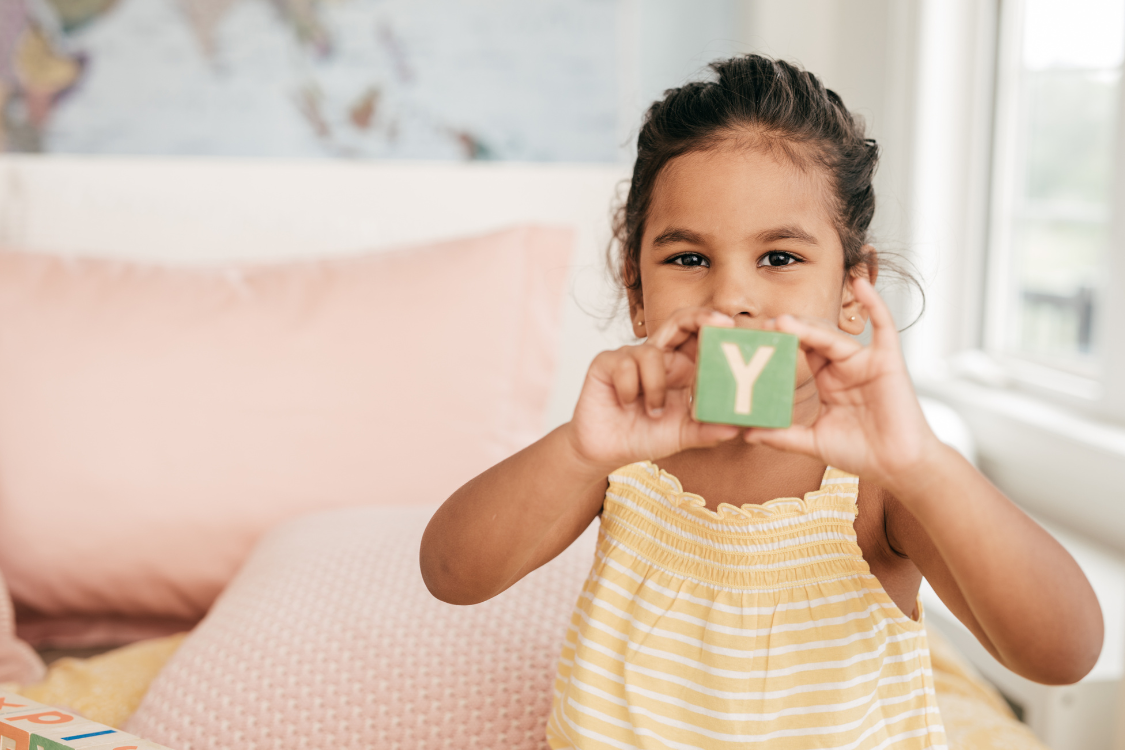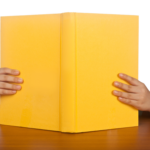You’ve been working with your 4-year-old on letter sounds for weeks. Yesterday, they confidently told you that “B” makes the /b/ sound like in “ball.” Today? They stare at the same letter like they’ve never seen it before. If this sounds familiar, take a deep breath—you’re not alone, and more importantly, you’re not failing as a parent. Let’s explore why this happens and what you can do about it.
The Brain Science Behind Letter-Sound Memory
Understanding why your 4-year-old struggles to remember letter sounds starts with recognizing what’s happening in their developing brain. Unlike oral language, which develops naturally through social interaction, reading is an acquired skill that requires specific neural pathways to form between different brain regions.
When children learn letter-sound correspondences, they’re building connections between the phonological processor (which handles sounds) and the orthographic processor (which processes visual symbols). These connections aren’t hardwired at birth—they must be deliberately constructed through systematic instruction and repeated practice.
Research shows that children typically need between 15-20 exposures to a letter-sound correspondence before it becomes automatic. This explains why your child might seem to “know” a letter sound one day and forget it the next. Their brain is still in the process of cementing these crucial connections.
The working memory of a 4-year-old is also significantly different from an adult’s. Young children can typically hold only 2-3 pieces of information in their working memory at once, compared to 7-9 for adults. When you present multiple letter sounds in a single session, you might be overwhelming their processing capacity.
Additionally, the prefrontal cortex, responsible for executive functions like attention and memory consolidation, isn’t fully developed until the mid-twenties. This means your 4-year-old’s ability to focus, remember, and retrieve information is still very much a work in progress.
Common Reasons for Letter-Sound Confusion
Several factors contribute to why your child might struggle with remembering letter sounds and understanding these can help you adjust your approach accordingly.
First, many children receive inconsistent instruction methods. If they’re learning through a “balanced literacy” approach that emphasizes guessing from context or picture cues, they may not be getting the systematic phonics instruction their brain needs to form solid letter-sound connections. The science of reading clearly demonstrates that explicit, systematic phonics instruction is most effective for building these foundational skills.
Visual similarity between letters also causes confusion. Letters like “b” and “d” or “p” and “q” are mirror images of each other, and young children’s visual processing systems are still developing the ability to distinguish these subtle differences. This is completely normal and expected at age 4.
Processing speed varies significantly among children. Some 4-year-olds need more time to process and respond to letter-sound prompts. When we rush them or expect immediate responses, we may inadvertently create anxiety that interferes with learning and memory formation.
Auditory processing differences can also impact letter-sound learning. Some children have difficulty distinguishing between similar sounds (like /b/ and /p/ or /f/ and /th/), making it harder to connect the correct sound to the corresponding letter.
Finally, if your child has been encouraged to use guessing strategies rather than systematic decoding, they may have developed the habit of looking for visual cues or context clues rather than focusing on the letter-sound relationship itself.
The Role of Developmental Readiness
Every child develops at their own pace, and letter-sound mastery is no exception. Some 4-year-olds are developmentally ready to tackle letter sounds with enthusiasm, while others need more time for their neural pathways to mature.
Signs that your child may need more developmental time include difficulty with phonemic awareness tasks like rhyming, trouble focusing for more than a few minutes at a time, or becoming easily frustrated with letter activities. These aren’t signs of learning difficulties—they’re simply indicators that your child’s brain is still developing the foundational skills needed for letter-sound mastery.
Children who aren’t yet ready for formal letter-sound instruction benefit more from rich language experiences, storytelling, singing, and play-based activities that build phonemic awareness. These activities create the foundation upon which letter-sound knowledge will eventually build.
It’s crucial to remember that pushing a child who isn’t developmentally ready can create negative associations with reading and learning. Trust your instincts—if your child seems overwhelmed or resistant, it may be time to step back and focus on building their love of language through books, songs, and conversation.
Effective Strategies That Actually Work
When your child is ready to learn letter sounds, certain strategies prove far more effective than others. The key is systematic, multi-sensory instruction that respects your child’s developmental needs.
Start with continuous sounds like /m/, /s/, and /f/ rather than stop sounds like /b/, /t/, and /k/. Continuous sounds can be stretched out, making them easier for young children to hear and produce. When teaching these sounds, exaggerate your mouth movements so your child can see and imitate the correct formation.
Use the “keyword method” consistently. Always pair the letter with the same keyword—/m/ for “mom,” /s/ for “sun”—and use pictures that clearly represent the sound. This creates multiple pathways to the same information, strengthening memory formation.
Practice letter formation alongside sound learning. When children trace letters in sand, salt, or finger paint while saying the sound, they’re engaging multiple senses simultaneously. This multi-sensory approach strengthens the neural connections between visual letters and their corresponding sounds.
Keep practice sessions short and positive. Five to ten minutes of focused practice is far more effective than longer sessions that lead to fatigue and frustration. End each session on a successful note, even if that means reviewing a letter sound your child has already mastered.
Focus on one new letter sound at a time while reviewing previously learned sounds. This spiraling approach helps consolidate learning while gradually building your child’s repertoire of letter-sound knowledge.
Create the Right Learning Environment
The environment in which your child practices letter sounds significantly impacts their success. Create a calm, distraction-free space where learning can happen without pressure or interruption.
Timing matters enormously. Choose times when your child is alert and happy, not tired or hungry. Many children learn best in the morning when their attention and energy levels are highest.
Celebrate small victories enthusiastically. When your child successfully produces a letter sound, acknowledge their effort with specific praise: “You remembered that /s/ makes the snake sound—great thinking!” This builds confidence and motivation for continued learning.
Avoid comparison with other children or siblings. Each child’s reading development follows a unique timeline, and comparisons can create anxiety that interferes with learning. Focus on your child’s individual progress and celebrate their personal achievements.
Make learning playful and enjoyable. Hide letters around the room for your child to find and identify, create letter sound scavenger hunts, or incorporate letter sounds into daily activities like cooking or grocery shopping.
When to Seek Additional Support
While it’s normal for 4-year-olds to need time and practice to master letter sounds, certain signs may indicate the need for additional support or evaluation.
If your child consistently struggles with phonemic awareness tasks appropriate for their age—such as identifying rhyming words, clapping syllables, or recognizing beginning sounds—they may benefit from more foundational work in these areas before tackling letter sounds.
Persistent difficulty after consistent, systematic instruction over several months may warrant consultation with a reading specialist or speech-language pathologist. These professionals can assess whether underlying processing differences are impacting your child’s ability to learn letter sounds.
Children who become extremely frustrated or resistant to letter activities, despite your best efforts to keep learning positive and pressure-free, may need a break from formal instruction while you focus on building their love of language through other means.
Remember that seeking support isn’t an admission of failure—it’s a proactive step to ensure your child gets the help they need to succeed. Early intervention is far more effective than waiting for problems to compound.
Build Reading Success With the Right Foundation
Your 4-year-old’s struggle with remembering letter sounds isn’t a reflection of their intelligence or your teaching abilities. It’s a normal part of the complex process of learning to read. By understanding the science behind how children develop letter-sound knowledge and implementing proven strategies, you’re setting the foundation for reading success.
Remember that reading is a learned skill that requires systematic instruction, not a natural ability that some children possess and others lack. With patience, consistency, and the right approach, your child will develop the letter-sound knowledge they need to become confident readers.
The most important thing you can do is maintain a positive, supportive attitude while providing systematic instruction based on the science of reading. Your involvement and encouragement make an enormous difference in your child’s reading development.
Ready to give your child the systematic, science-based reading instruction they deserve? The Reading.com app provides structured, sequential lessons that build letter-sound knowledge through engaging, multi-sensory activities designed specifically for young learners like your 4-year-old. Start your free 7-day trial today and discover how the right approach can transform your child’s reading confidence and success.





